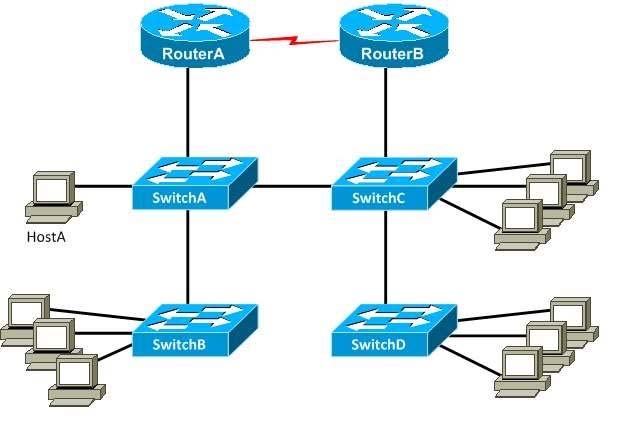

View the Exhibit.
You are designing an IP addressing scheme for the network in the exhibit above.
Each switch represents hosts that reside in separate VLANs. The subnets should be allocated to match the following host capacities:
✑ Router subnet: two hosts
✑ SwitchA subnet: four hosts
✑ SwitchB subnet: 10 hosts
✑ SwitchC subnet: 20 hosts
✑ SwitchD subnet: 50 hosts
You have chosen to subnet the 192.168.51.0/24 network.
Which of the following are you least likely to allocate?
Comments